In my quest to find the perfect laptop, I’ve made yet another stride (or slide, we’ll see about that). A week ago (actually a month and a half ago, as I’m publishing this), I bought myself a Chuwi Minibook X, Intel N100 edition. Chu-what?! You might ask. I’m glad you asked.
Motivation for a new laptop
I have a sling bag that I really like. It is tiny but fits everything that I’d generally carry when stepping out for a few hours; headphones, portable power bank, some cables etc. A couple of months ago I got myself a 7in screen that latches to a Raspberry Pi and looks like a cool “cyberdeck”. I thought it would be very cool to be able to carry it everywhere; to have a device with a full desktop operating system running with me that isn’t as bulky as a regular laptop.
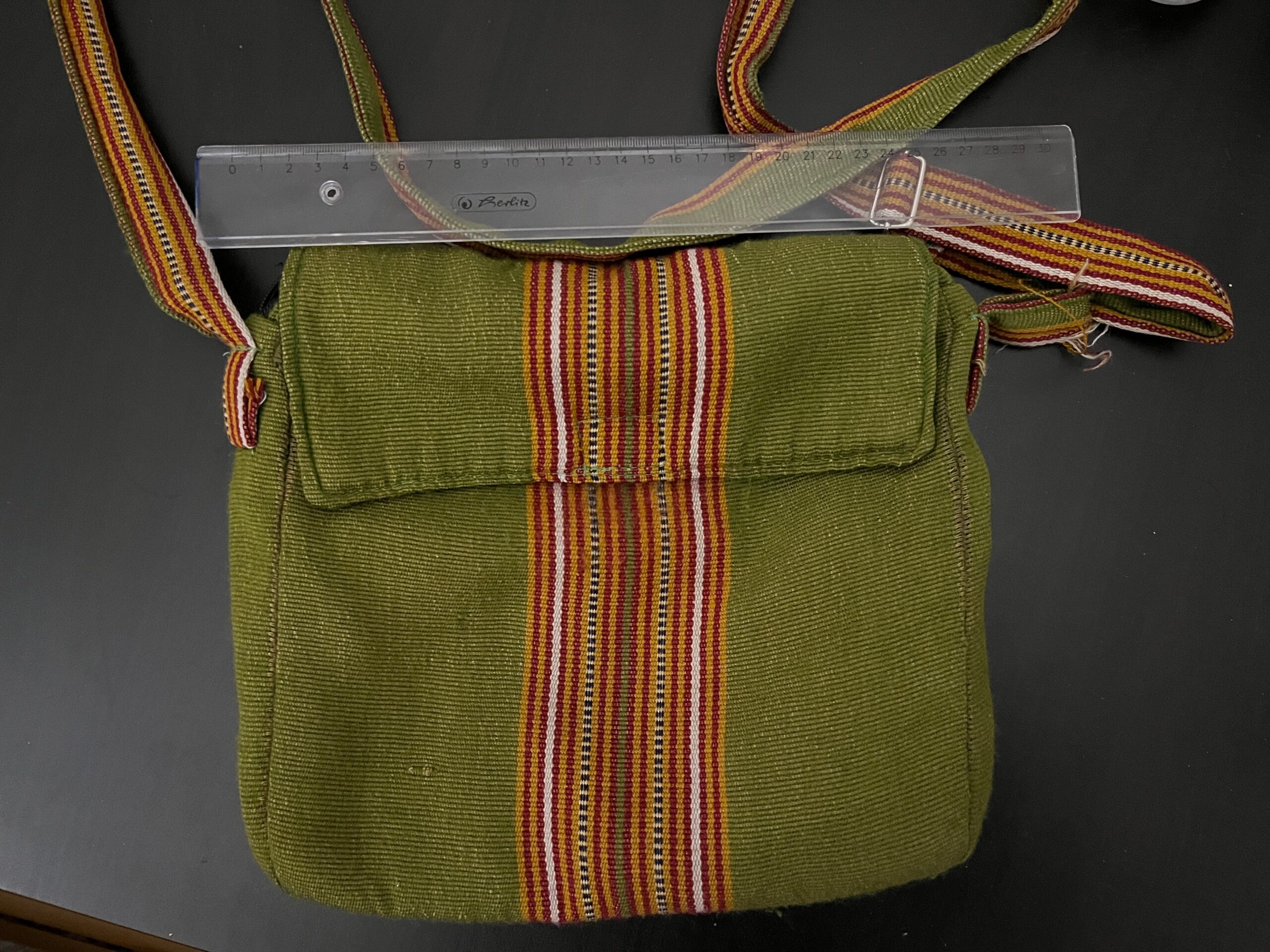
I have a Thinkpad X230 as my personal laptop. It is small compared to most laptops, and features a 12.5in screen. Overall it is probably a bit bulkier than a modern 13in laptop like the Dell XPS 13 and cannot be carried in my tiny sling bag. Upon looking for a portable device with a 7-10in screen on the internet that’d fit in my sling bag (around 25cms in length), all I found were tablets and few laptops running Android, iPadOS or ChromeOS.
But I really wanted a device to run my favorite Linux distros on.
Requirements
A device to run a desktop operating system on (ideally a Linux distro) that’s no bigger than 25cms across and 16cms wide. For reference, the generally accepted small footprint laptops like the Dell XPS 13 or the Lenovo X13 Yoga are 30x20cms and 31x22cms respectively, which feels noticeably bigger than a 10in tablet device with a keyboard, the size I’m going for.
The internal specs weren’t as important, but anything that’s relatively power efficient so that I don’t have to then use it with a charger at all times.
Contenders
Given the size constraints, there aren’t very many devices to choose from. In the traditional brands, there is the Microsoft Surface Go 3 and the Surface Laptop Go 3. Outside of traditional brands, there’s GPD Pocket 3 and a whole bunch of 7-8in laptops that all look suspiciously similar to one another. One of the brands I stumbled upon during this search was Chuwi. They had a laptop that checked all of the requirement checkboxes I had, and unlike the other options, wasn’t nearly as expensive.
Upon some reading on Reddit, I realized it was a real company (the experience with their support seems to be mixed; I’ve not had any complaints so far) and the product was reviewed by youtubers and redditors alike. Good signs. I decided to bite and placed an order during their spring sale to effectively get the laptop for EUR 317 (down from the regular >360). It had it in my hands 2-3 days later.
Initial build quality impressions
The build quality is a solid 6/10 in my book. Of course, it isn’t as good as my XPS 17 or M1 Pro Macbook Pro, but it isn’t as cheap as an off the shelf HP or Dell laptop worth a couple of hundred Euros. The hinge feels solid, and the display part of the laptop is solid metal, but the keyboard half is plastic-y. It is hard to tell, thanks to the good color blend.
The packaging is okay. The laptop comes with a 36W USB-C charger out of the box, and it is of okay quality.
The keys on the keyboard are a bit oddly placed and requires some getting used to. The power button doesn’t always register a click, and also takes some getting used to. The indicator LEDs for charging and power feel cheap and are hard to see at steeper angles. The USB-C ports aren’t the highest quality either, and there’s a slight amount of misalignment in the ports, at least on my particular unit’s case. This doesn’t affect its functionality, but is definitely indicative of sub-par QA.
Pictures
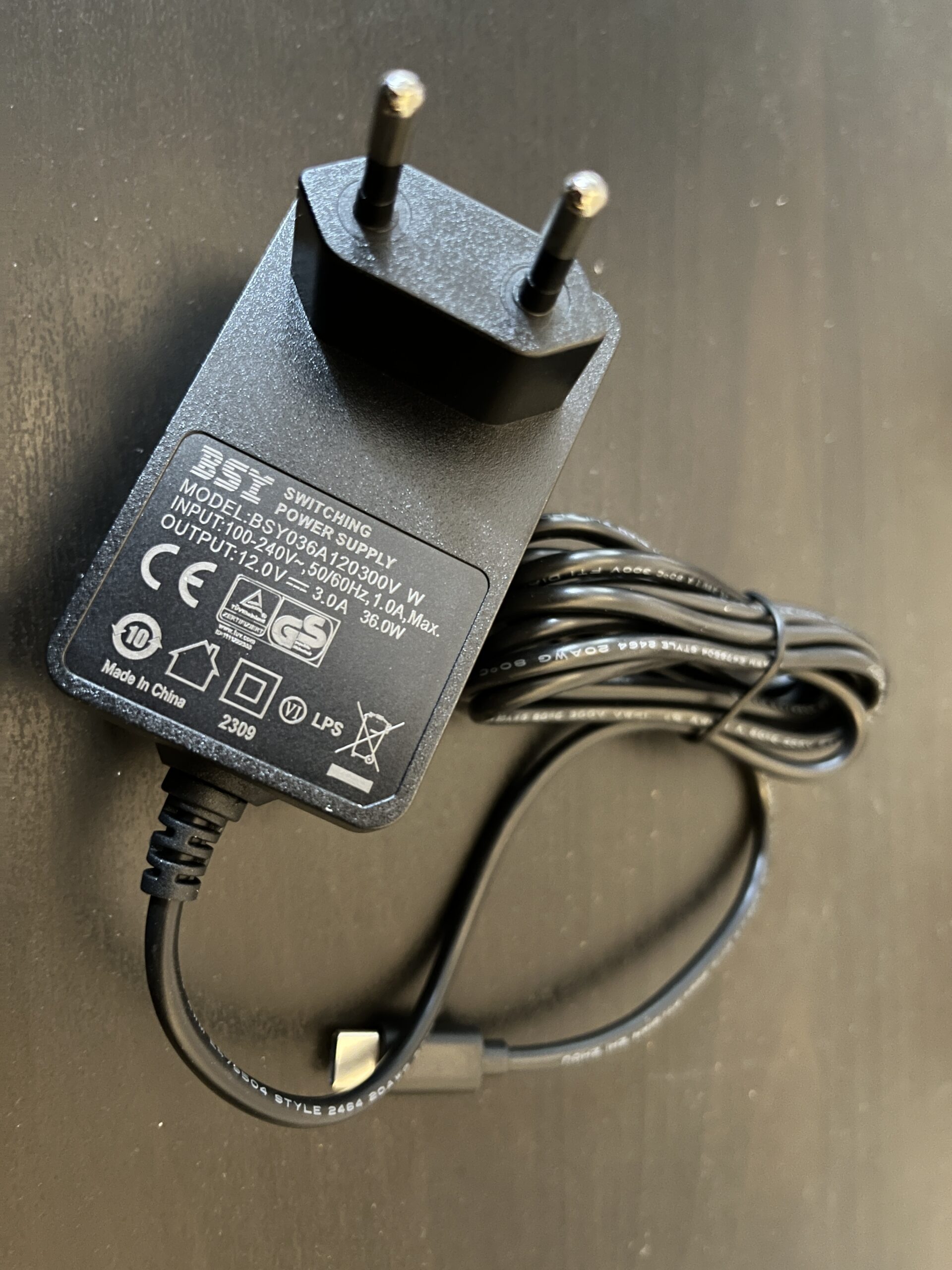
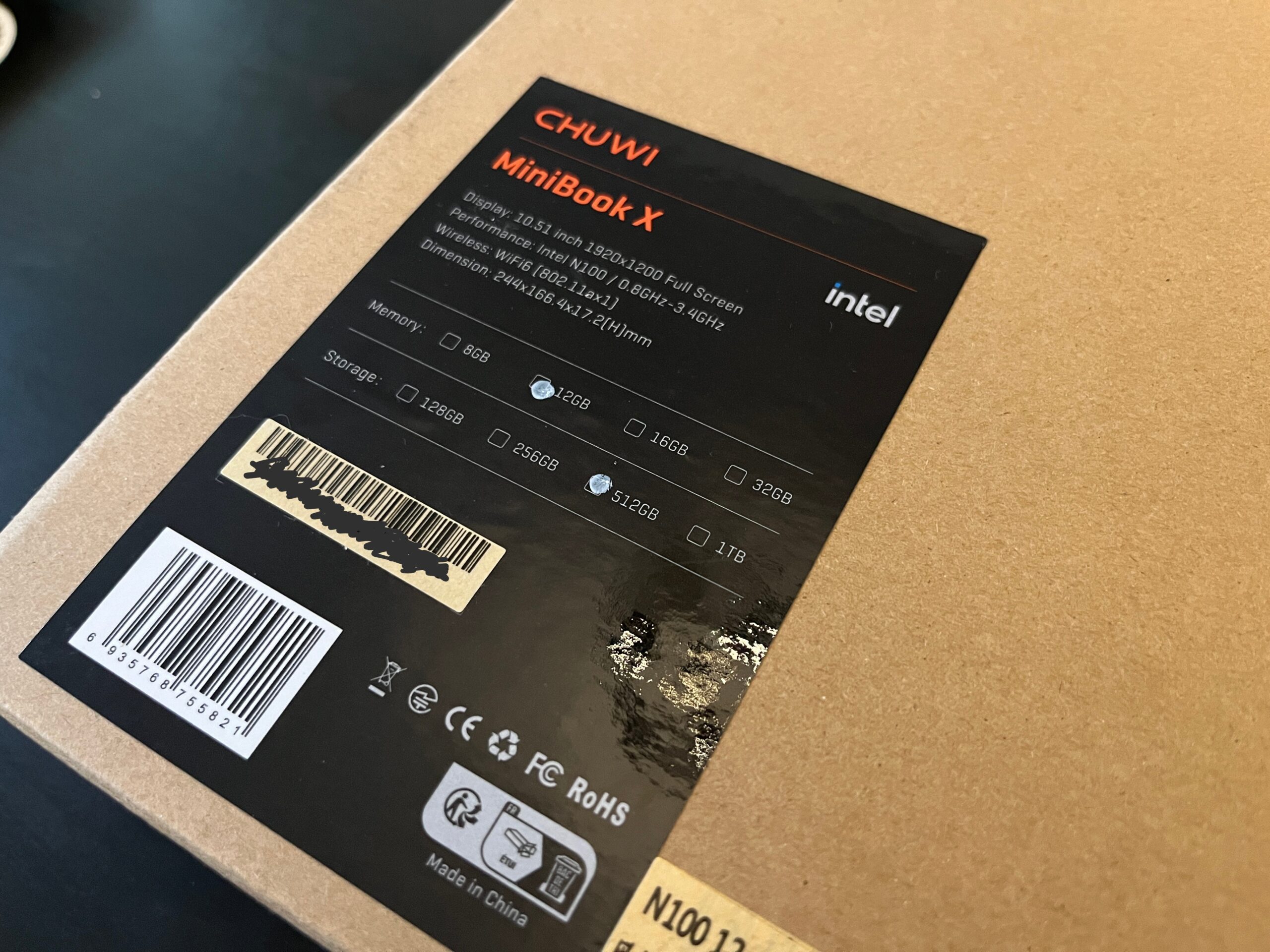
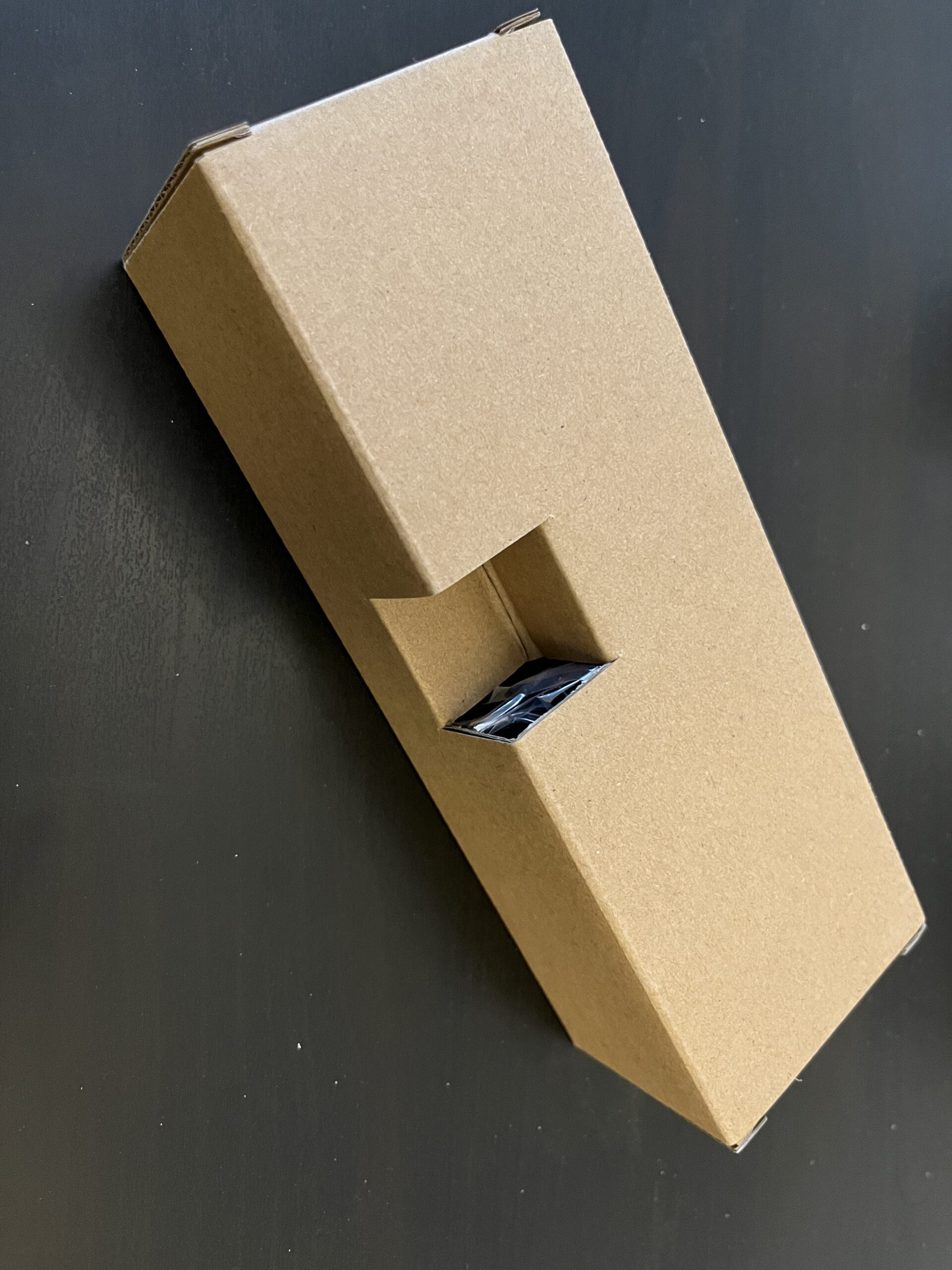
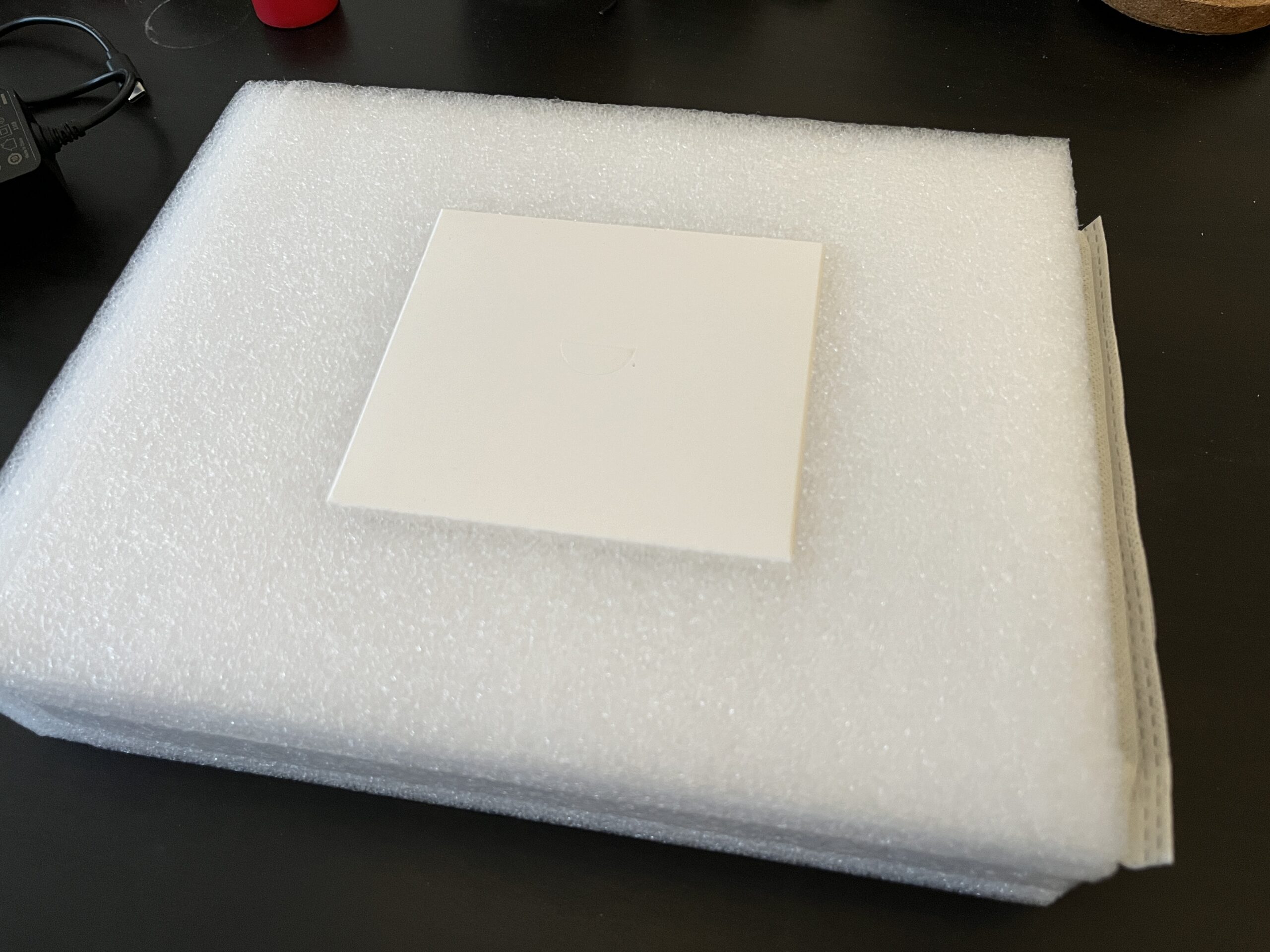
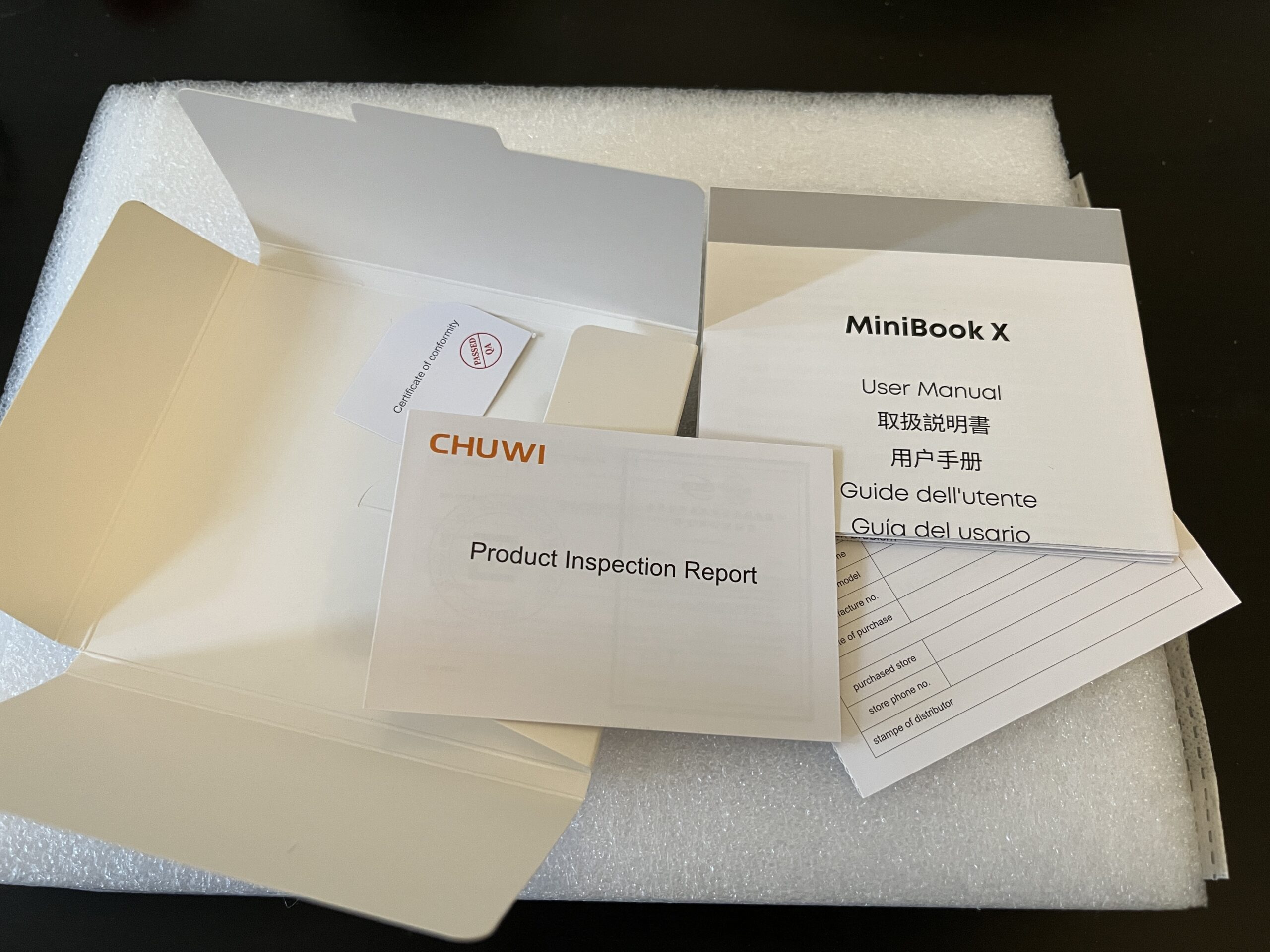
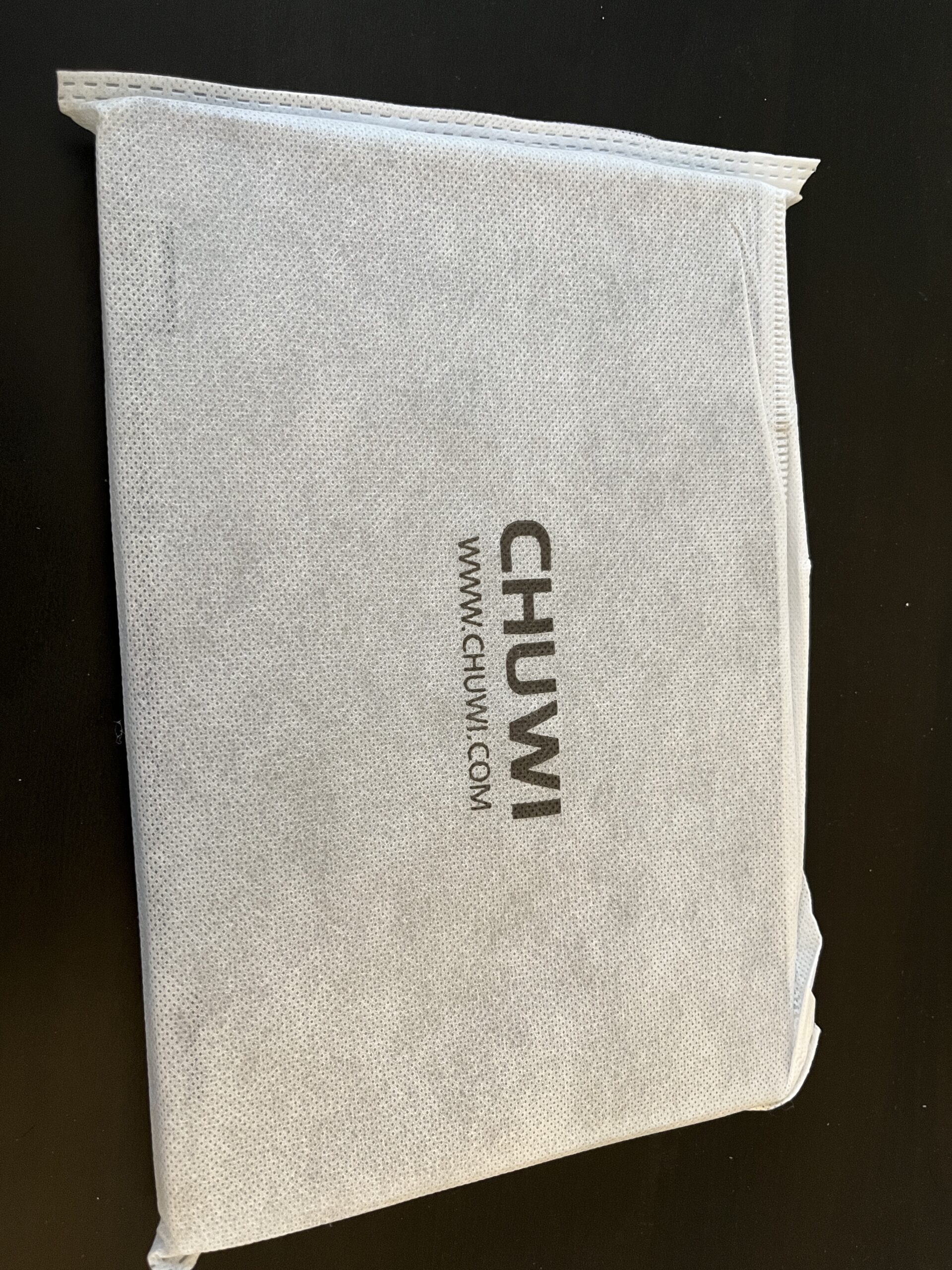
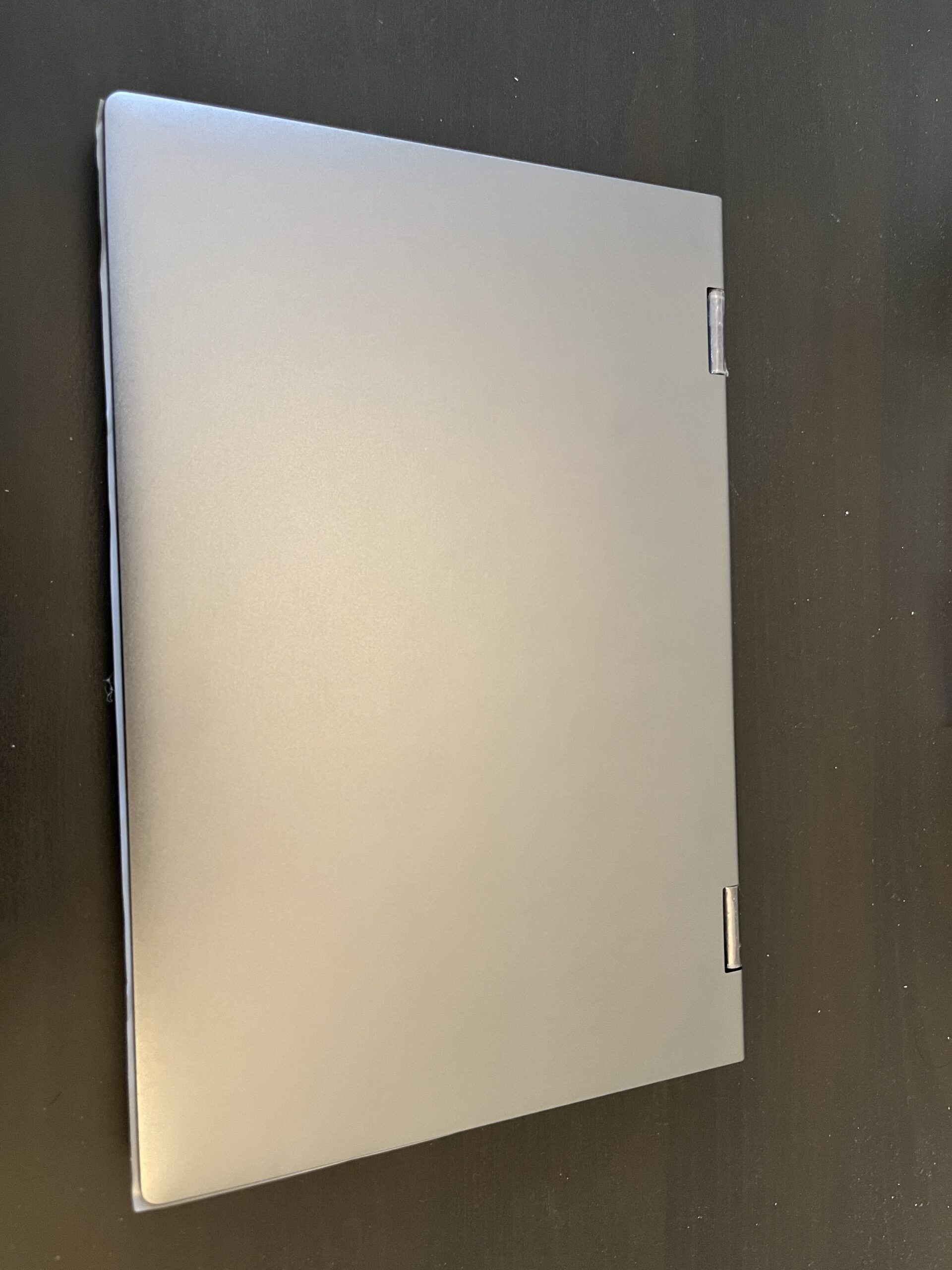
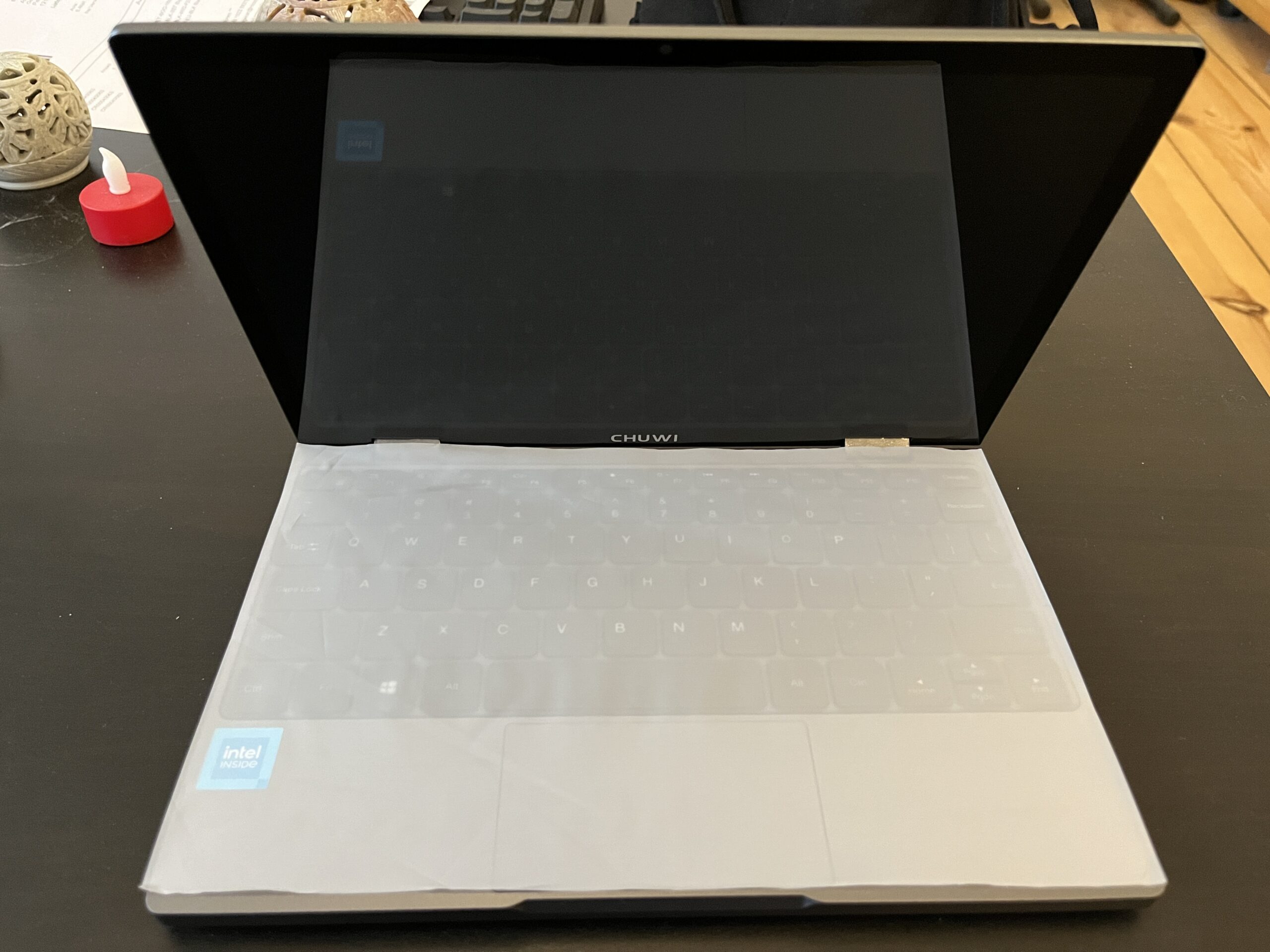

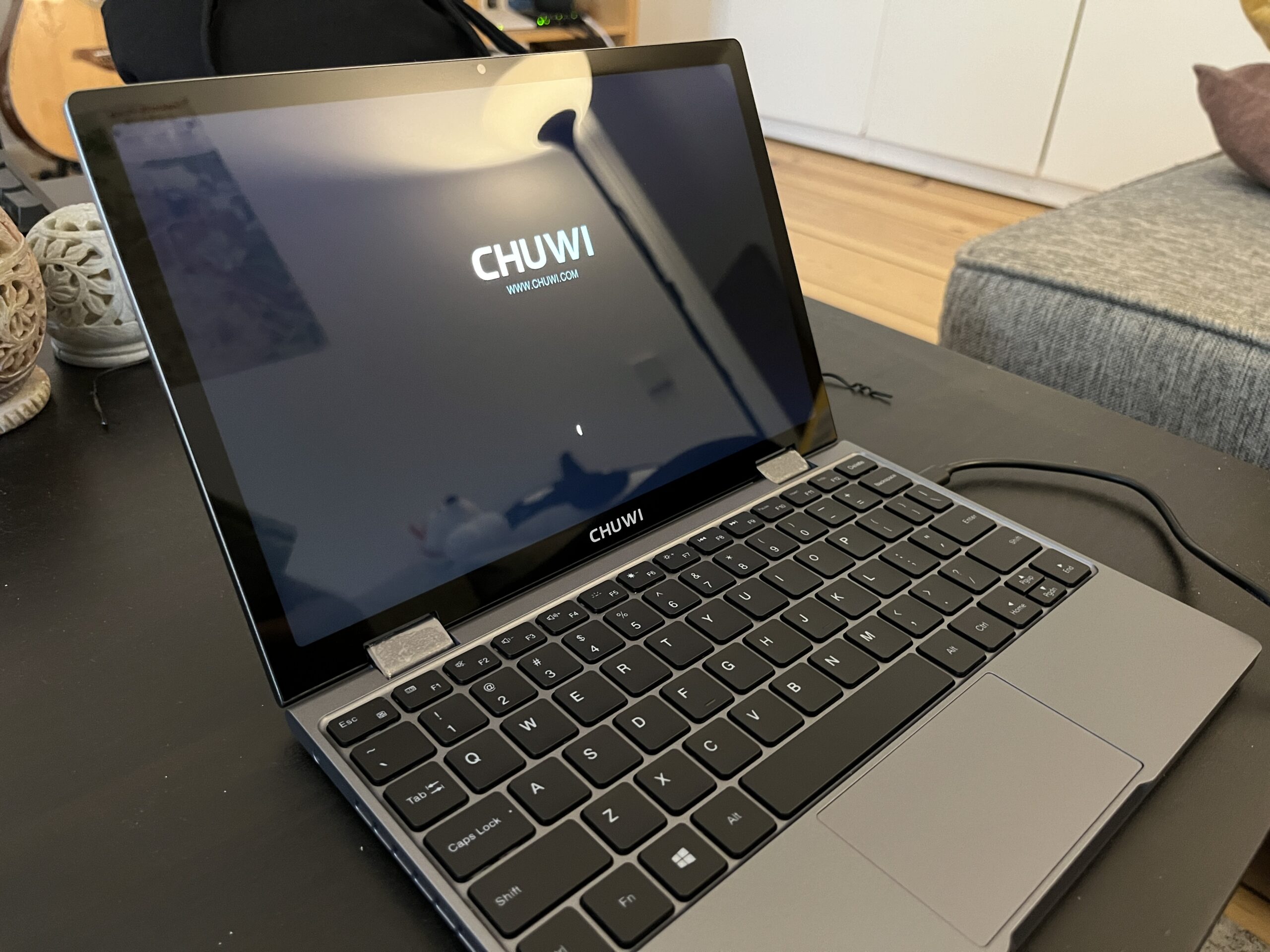
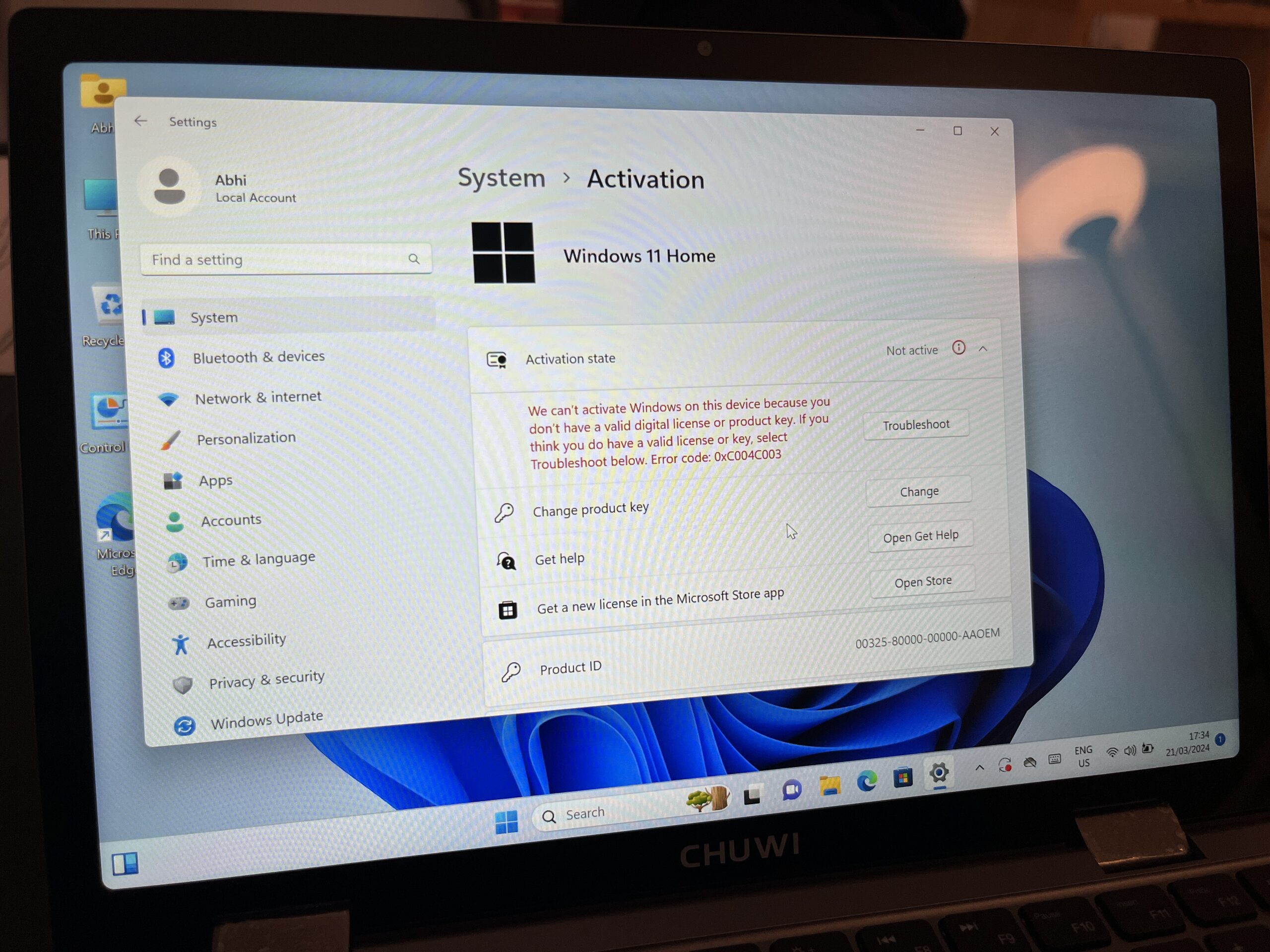
Note that the Windows 11 license issue resolved itself automatically. I had already created a support ticket with Chuwi who provided me with another license key which I didn’t need after the issue went away by itself.
Rome trip
A huge motivation for buying this laptop was to be able to use it in tight places, like on an economy seat of my flight from Frankfurt to Mumbai where the person in front has their seat fully reclined (oddly specific, but honest).
I got to use it in an airplane for the first time (for the intended use case, that is) during my Rome trip in the last week of March, and on my way to India in the first week of April. It works well, like 7/10 well. The size of the device and thus the keyboard does become a productivity bottleneck and it strained my wrists typing on it for more than a couple of minutes without breaks. For its intended use case of surfing the web and light documentation, it works well nevertheless.
Linux support is sparse and makes the device unreliable
Of course, the first thing I did after unboxing the laptop and making sure it isn’t completely dead is try and flash Linux on it. I started with Fedora, and upon seeing a lot of hiccups, installed Ubuntu.
A major hassle is the default orientation of the screen, which is portrait. So the splash screen and many of the startup options show up in portrait, and only upon logging in successfully does the custom orientation (landscape) kicks in.
There are ways to make it work better, but I wasn’t very patient. Then there was the problem with resuming from a sleep where the screen would be all messed up (think half of the display is black, the other half has strange colored lines across it) and required a reboot. It almost feels like a hardware problem, but it most likely is a driver issue.
The list of issues with Ubuntu installed went on and on, and while a younger me would’ve taken it up as a challenge, I decided to stick to Windows for the moment as my life is pretty busy lately due to work. If I do come back to Linux on this device, I’ll try to make a guide for making the device usable with Linux.
Charging seems slow
The laptop comes with a charger out of the box that charges at 12V 3A (36W). I usually don’t use that charger and stick to my Macbook Pro’s charger. I also use my Anker PowerCore power bank. In either of those cases, the charging speed is fairly low, and the laptop takes a while to fully charge. Chuwi’s website claims 45W PD 2.0 fast charging, but the most I’ve managed out of this device is around 22W (even when charging from a depleted state).
Laptop body prone to decoloration
Sometime during the Rome trip, I carelessly threw around the laptop. For example, I just dumped the device in the carry-on luggage space during takeoff without a sleeve. I noticed a part of the bottom half got bruised and the silver color wore off, exposing white plastic underneath. Now I knew that the bottom half was made from plastic, but I somehow didn’t expect it to decolor after a little throwing around.
I tried to take a picture of the defect, but it is too faint and the light isn’t good enough in my room to actually help you see it. Just trust me it shows in real life.
To be clear, it isn’t a deal breaker. Given the price it is made available at, I probably cannot complain. It is just something to be aware if you decide to get one.
Accessories I bought
I couldn’t find a screen guard or sleeve officially presented so I ended up spending a lot of time measuring the device (and the screen) and finding accessories that fit.
For the screen protector, I went with Samsung Galaxy Tab A8’s screen protector. It doesn’t fit perfectly, but gets the job done for most part.
For the sleeve, I ended up with two sleeves; one is too large and the other too small. Of course these are tablet sleeves, so you have to measure and guess and hope something fits. I for one was too impatient before my trip to India and ended up with two sleeves that don’t fit.
Screen can be overclocked
By default, the laptop’s display is set to 50hz. But some folks on the Chuwi forums posted that they’re running the panel at 90hz and it works just fine. I tried using the Custom Resolution Utility to set the display to be 90hz and it worked well.
Wishlist
If I could make a list of wishes I’d like to see in this laptop (practically, in a future version of this device), it would be as follows
- 5G SIM slot to have internet on the go, just like a tablet
- SD Card reader
- Fully metallic body, and not just the screen-half.
- Better Linux support
Many of my wishes would likely raise the device’s price. Spending any more than a couple of hundred euros on a lesser-known brand is risky in my book and I don’t know if I’d have bought a laptop that fitted all of those wishes but then retailed at 500+ euros or more myself so there’s that.
Conclusion
It isn’t all sunshine and rainbows with the Chuwi Minibook X, but it is a good device. I intend to make it my daily driver and see how life feels like carrying a small device running a full operating system around. I also intend on not taking too much care of it and using it like a rugged device. I’m allowing myself this luxury after carrying around my Macbook Pro for a long time and having to take extreme care of it (I’ve already managed to break an older Macbook Pro’s screen, and given the price of this current one, I’d rather not risk much).
So that’s it for this laptop review. I really hope a 10.5in laptop works out for me. I’ll post updates if there’s anything interesting to share. Thank you for reading.